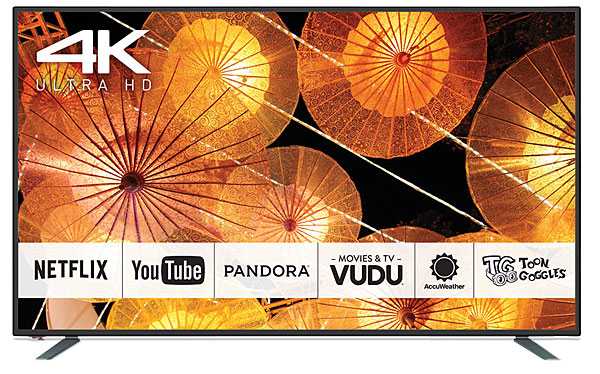After reading several reviews about the newer line of monitors, especially with 4K capability and despite their impressive picture and colors, when it comes to the basic parameters of gray scale, gamma and relative color accuracy, right out of the box, in many respects these newer technological phenoms are not much better than their previous CRT brethren. Hence, to get the most out of the set, a good calibration would still be in order.
I found the same thing with my new LG mid-range LCD LED 4K monitor whereby, with the ability to do my own calibrations, I was able to determine that while the relative gamma standard of around 2.2 in the 0-30 and 80-100 IRE range was OK, anything in between was around 1.6, after awhile, making the set virtually un-watchable. My LG allows a twenty point grayscale and gamma calibration and once I completed that to a 2.2 level up and down the scale, after tweaking the color a bit, the difference in the quality and watchability of the picture was quite remarkable, well worth the time and effort to tune things up properly.
 My attempts to further improve the image were frustrated somewhat due to inconsistent behavior of the White Balance and CMS controls and a lack of granularity required to achieve fine-tuning. For example: Moving the Red Offset slider for white balance across its full range should show a gradual and subtle addition or subtraction of red to a dark gray box that displays 30 percent of peak white luminance. The control behaves normally up to a setting of 51, but moving one tick from 51 to 52 results in a quite noticeable boost of red tint and prevents tuning in between those levels. Ditto for moving the Blue hue in the CMS from 63 to 64, which radically shifted the color. Ultimately, there were only limited variations from the default settings, but I did get Delta Es to average around 3 across the set’s range for grayscale and to below 2.4 for the primary color points.
My attempts to further improve the image were frustrated somewhat due to inconsistent behavior of the White Balance and CMS controls and a lack of granularity required to achieve fine-tuning. For example: Moving the Red Offset slider for white balance across its full range should show a gradual and subtle addition or subtraction of red to a dark gray box that displays 30 percent of peak white luminance. The control behaves normally up to a setting of 51, but moving one tick from 51 to 52 results in a quite noticeable boost of red tint and prevents tuning in between those levels. Ditto for moving the Blue hue in the CMS from 63 to 64, which radically shifted the color. Ultimately, there were only limited variations from the default settings, but I did get Delta Es to average around 3 across the set’s range for grayscale and to below 2.4 for the primary color points.






































































